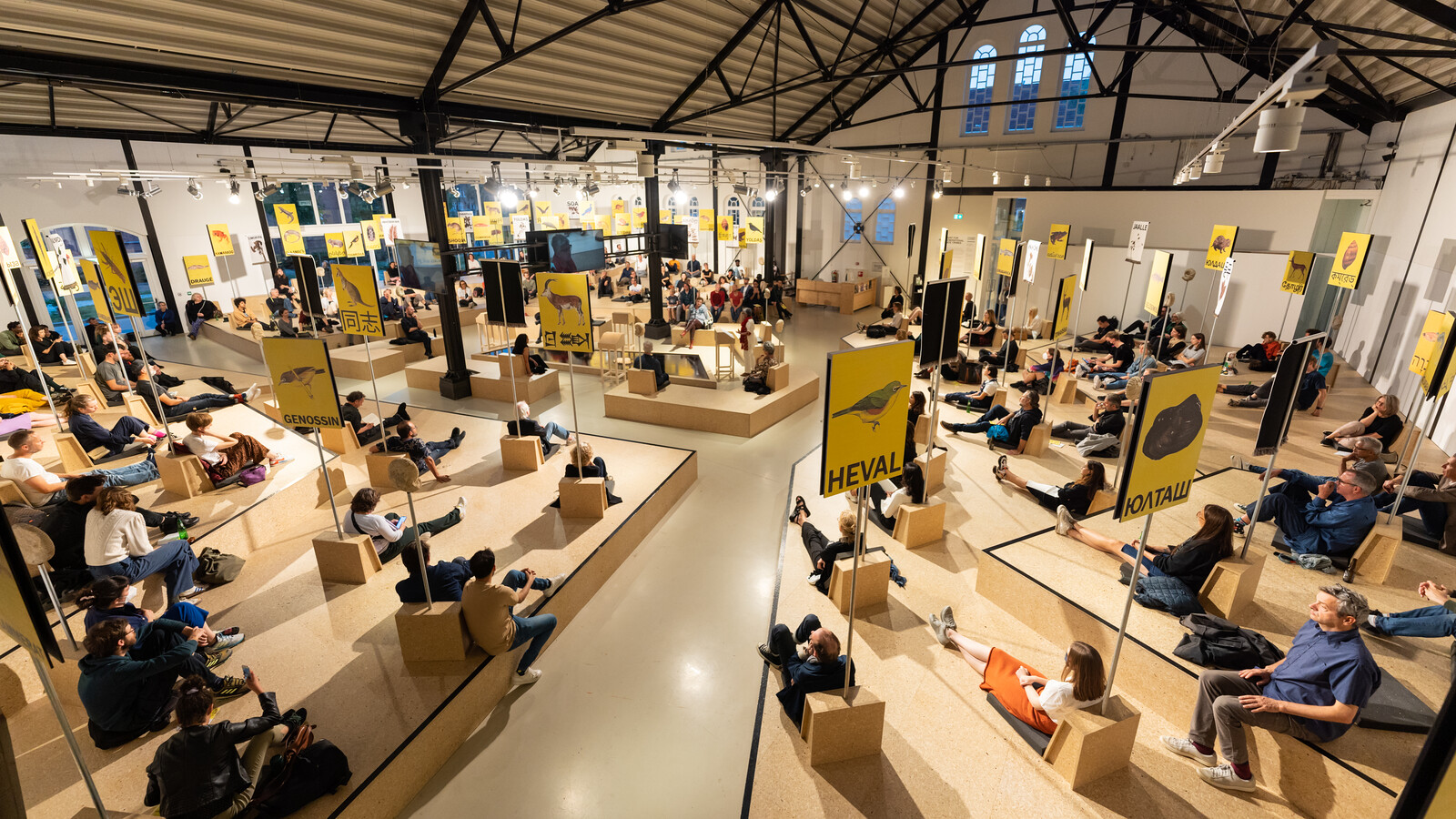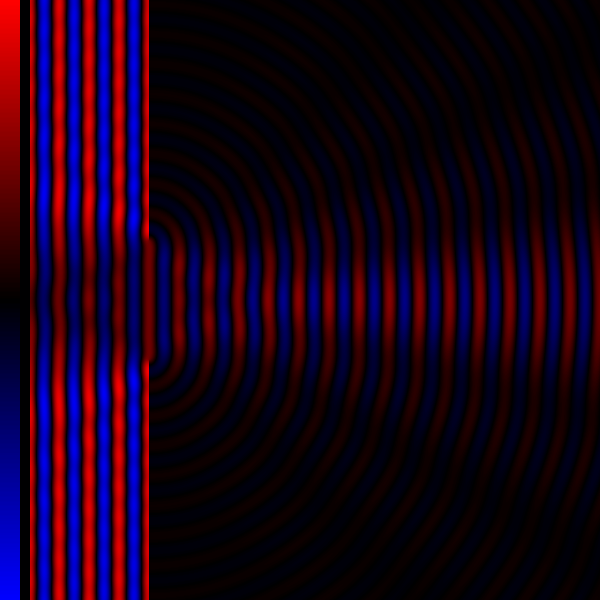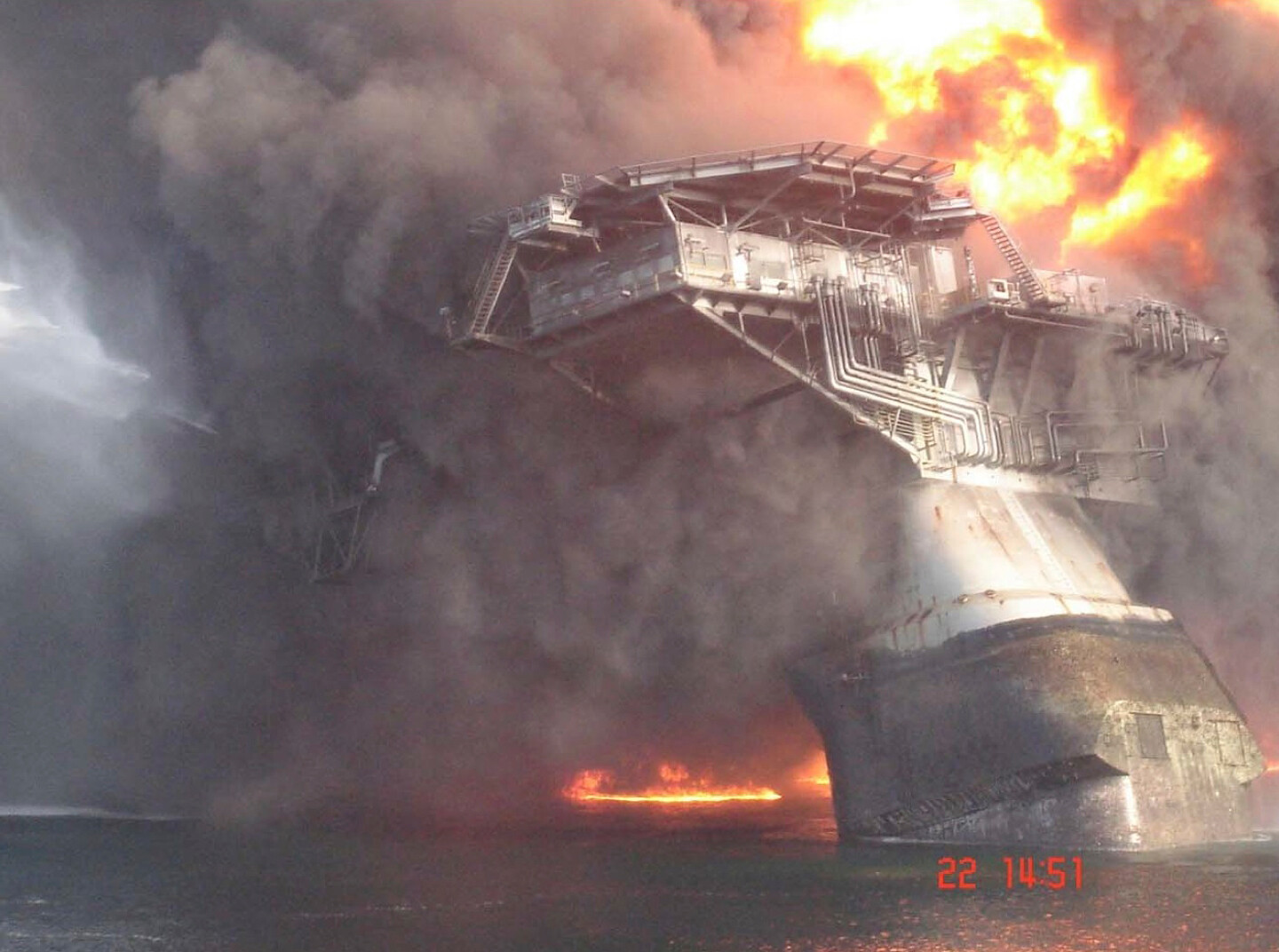Beyond Security: Approaches toward a Cinema of Okinawa. Part I
Jonas Mekas, The Brig
War at a Distance
Ça sera beau (From Beyrouth with Love)
The question then is how the recursive creates the potential for remaking time, for inhabiting temporalities askew. Where is the potential in dividual economies? We do not yet know what kinds of rearrangements of domestic and political spheres can be generated from these scenes of mass debilitation. We come to Spinoza—what can a body do?—through the bio/necropolitical, asking: How do populations live the unlivable? As the becoming-pandemic introduces novel precarities while reinforcing old ones, we will be asking these questions again and again.
I had seen the banner before; it was made by the former dean of the School of Military Design at Pratt. The SMD dates back to World War II when the institute, rising to meet the moment, ran an Industrial Camouflage Program and recruited students on campus. Five alumni of the time, including Ellsworth Kelly, became known for their service in the “Ghost Army,” a unit that employed creative tactics—inflatable tanks, phony radio transmissions, even fake generals—to deceive German forces. Pratt leveraged their success and built lasting ties with the military, creating a new model of art school.
Every time I hear the argument in politically engaged art circles that art-making as we know it—whether discrete art objects, research-based work, or more performative practices—cannot continue under the conditions imposed by the politics of hard-line right-wing governments, I am reminded of Refined Still Life #1. Because I disagree: now is the time to intensify our focus upon art as it has been practiced, in all its variety—perhaps with new distinctions.
Flores
Other Uses
Salarium
Sirenomelia






























